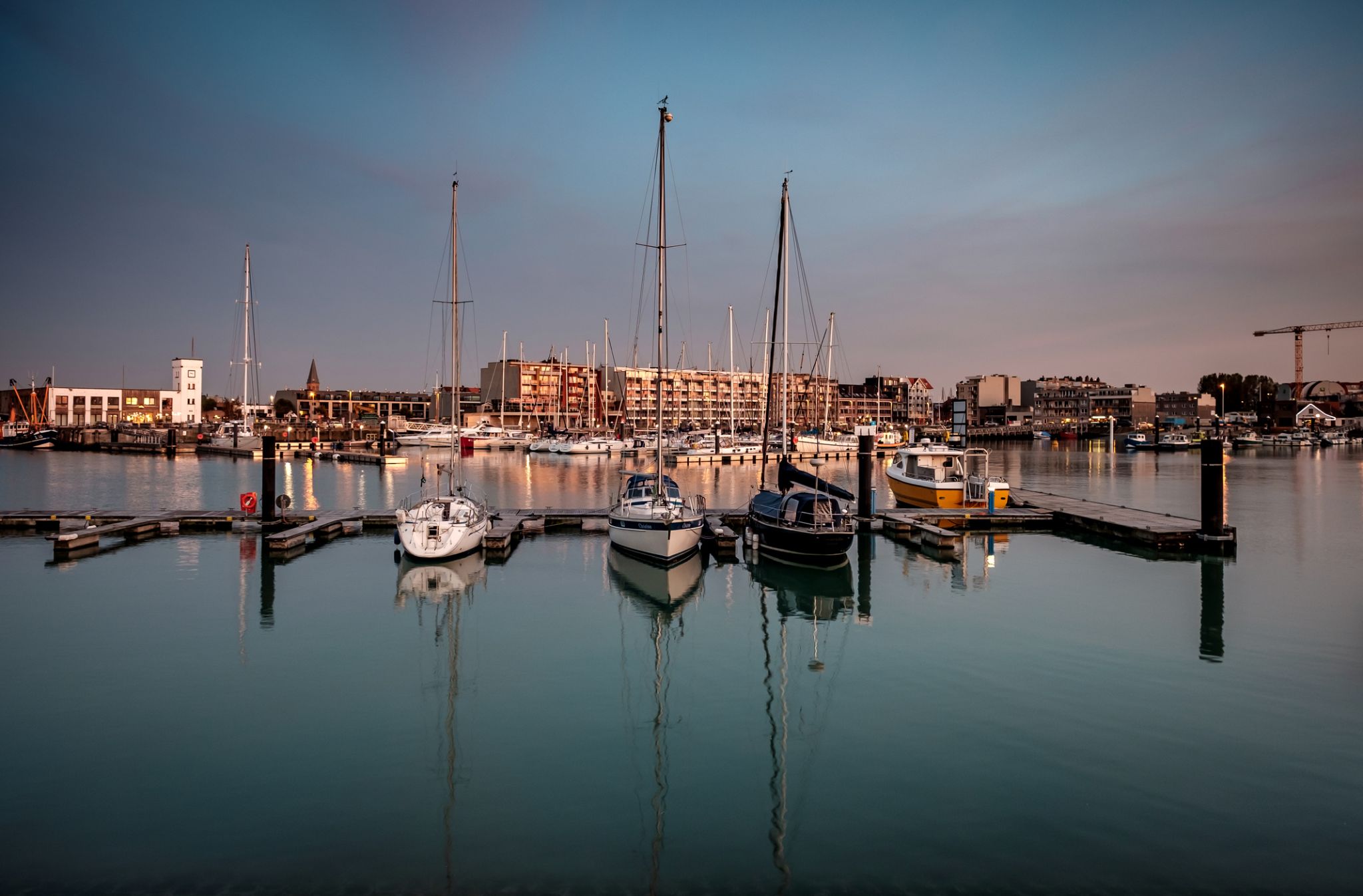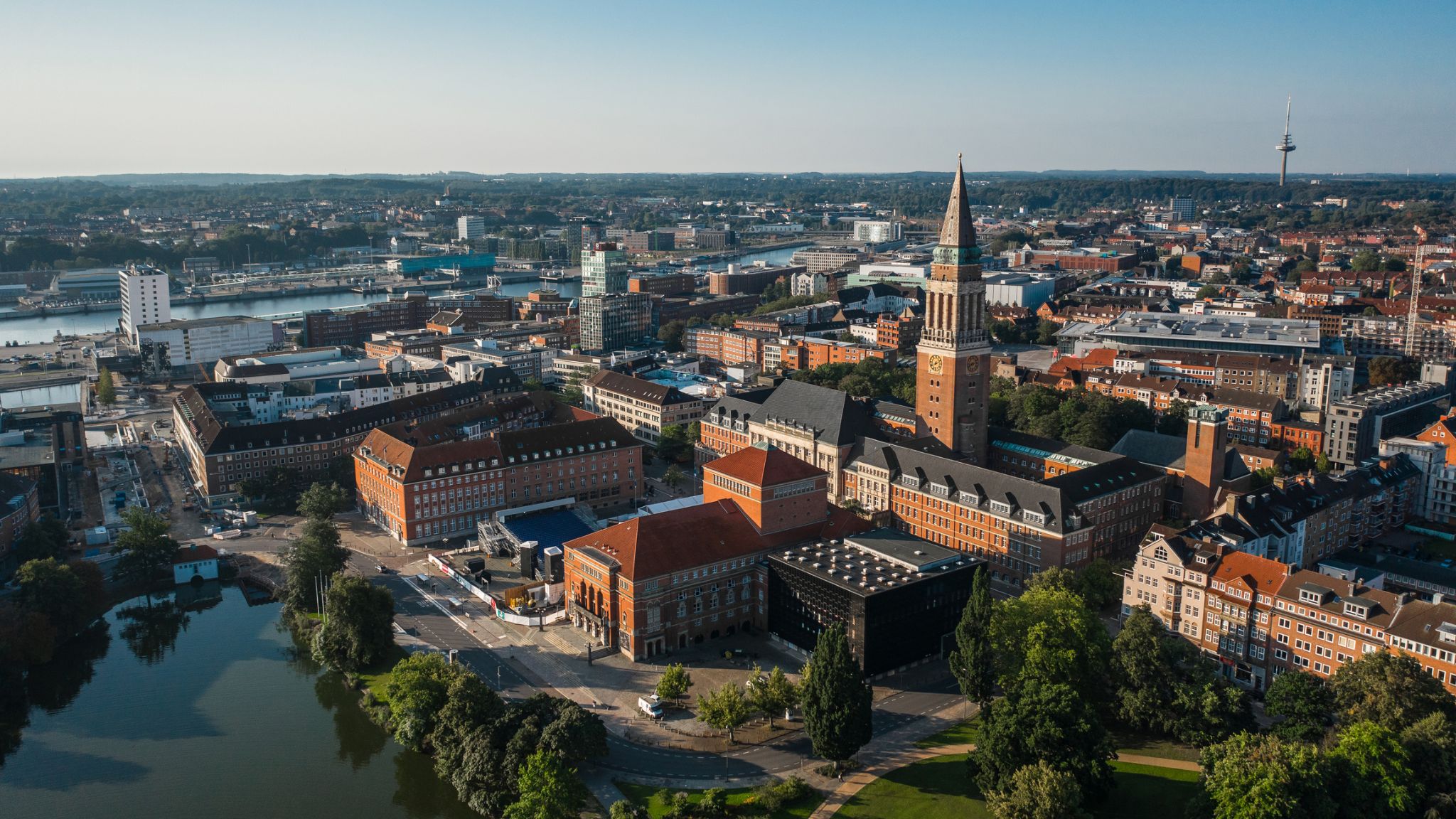

| Region rejsu : Rejsy transatlantyckie |
| Firma : Costa Cruises |
| Statek : Costa Diadema |
| Data rozpoczęcia : niedz. 19 kwi 2026 |
| Data zakończenia : pt. 15 maj 2026 |
| Liczba nocy : 26 nocy |
| Dzień | Data | Port | Wypłynięcie | Odpłynięcie |
|---|---|---|---|---|
| 1 | 19.04 niedz. | Santos / Brazylia | 17:00 | |
| 2 | 20.04 pon. | Rio de Janeiro / Brazylia | 08:00 | 18:00 |
| 3 | 21.04 wt. | Dzień na morzu / Morze | ||
| 4 | 22.04 śr. | Dzień na morzu / Morze | ||
| 5 | 23.04 czw. | Salwador / Brazylia | 08:00 | 17:00 |
| 6 | 24.04 pt. | Maceió / Brazylia | 12:00 | 20:00 |
| 7 | 25.04 sob. | Dzień na morzu / Morze | ||
| 8 | 26.04 niedz. | Dzień na morzu / Morze | ||
| 9 | 27.04 pon. | Dzień na morzu / Morze | ||
| 10 | 28.04 wt. | Dzień na morzu / Morze | ||
| 11 | 29.04 śr. | Praia / Cape Verde | 09:00 | 18:00 |
| 12 | 30.04 czw. | Dzień na morzu / Morze | ||
| 13 | 1.05 pt. | Dzień na morzu / Morze | ||
| 14 | 2.05 sob. | Santa Cruz, około. Teneryfa (Wyspy Kanaryjskie) / Hiszpania | 08:00 | 17:00 |
| 15 | 3.05 niedz. | Dzień na morzu / Morze | ||
| 16 | 4.05 pon. | Casablanka / Morocco | 06:00 | 19:00 |
| 17 | 5.05 wt. | Cadiz / Hiszpania | 10:00 | 18:00 |
| 18 | 6.05 śr. | Lizbona / Portugalia | 10:00 | 19:00 |
| 19 | 7.05 czw. | Leishoish / Portugalia | 09:00 | 19:00 |
| 20 | 8.05 pt. | Vigo / Hiszpania | 08:00 | 16:00 |
| 21 | 9.05 sob. | Dzień na morzu / Morze | ||
| 22 | 10.05 niedz. | Le Havre / Francja | 10:00 | 21:30 |
| 23 | 11.05 pon. | Southampton / Wielka Brytania | 06:00 | 18:00 |
| 24 | 12.05 wt. | Zeebrugge / Belgia | 09:00 | 19:00 |
| 27 | 15.05 pt. | Kiel / Niemcy | 08:00 |
The cost of the cruise includes the following services on "All Inclusive" system:
accommodation in a cabin with services for the selected category
All inclusive excluding drinks
port charges, taxes and fees
For guests of all Classic cabins:
Accommodation in the cabin of the selected category (TV, telephone, shower / bathtub, hairdryer, air conditioning).
Harbor dues and taxes.
Meals on the system "All inclusive, excluding drinks." A free dinner system is applied on board.
Entertainment programs (evening shows, night clubs, live music, etc.).
The participation of children in children's clubs.
Fitness center, sports court, jogging track, pools and jacuzzi.
For guests of all cabins of the Premium category (in addition to all of the above services, it is additionally provided):
The best cabin layout on the liner.
Ability to choose a change of food during dinner.
Continental breakfast in the cabin.
Delivery of food to the cabin 24 hours.
10% discount for a future cruise when booking a Premium cabin (valid for one year from the end of the cruise). Does not apply to world cruises.
For all guests of the Suite category cabins (in addition to all the above services of the Premium category, it is additionally provided):
Priority landing on the liner.
Personal butler.
Fresh fruits in the cabin every day.
1 bottle of champagne and canapes.
Pillow menu.
An invitation to an exclusive cocktail with Captain.
Not included into the cruise costs, and require additional payment:
Tipping staff.
Casinos, telephones, internet, video games.
Alcoholic and non-alcoholic drinks.
Reservations at alternative restaurants.
Minibar in the cabin.
Individual services on board (SPA, beauty salon, laundry).
Additionally, in our company or independently booked and paid for services:
Flights
Transfers before and / or after the cruise.
Registration of entry visas along the route (if necessary).
Health insurance (required).
Travel insurance (optional).
Excursions in ports of call.
Last Minute Deals - 100% Penalty
Basic rate
Cancellation conditions - non-refundable amounts:
25% for more than 45 days before the cruise;
50% between 44 - 30 days before the cruise;
75% between 29 - 15 days before the cruise;
100% for a period of 14 or less before the cruise.
Comfort tariff
Cancellation conditions - non-refundable amounts:
50 € for a period of more than 45 days before the cruise;
25% between 45 - 30 days before the cruise;
50% between 29 - 15 days before the cruise;
75% between 14 - 5 days before the cruise;
100% for a period of 4 days or less before the cruise;
Deluxe Rate
Tariff disadvantages: Higher cost.
Cancellation conditions - non-refundable amounts:
50 € for a period of more than 45 days before the cruise;
25% between 45 - 30 days before the cruise;
50% between 29 - 15 days before the cruise;
75% between 14 - 5 days before the cruise;
100% for a period of 4 days or less before the cruise;
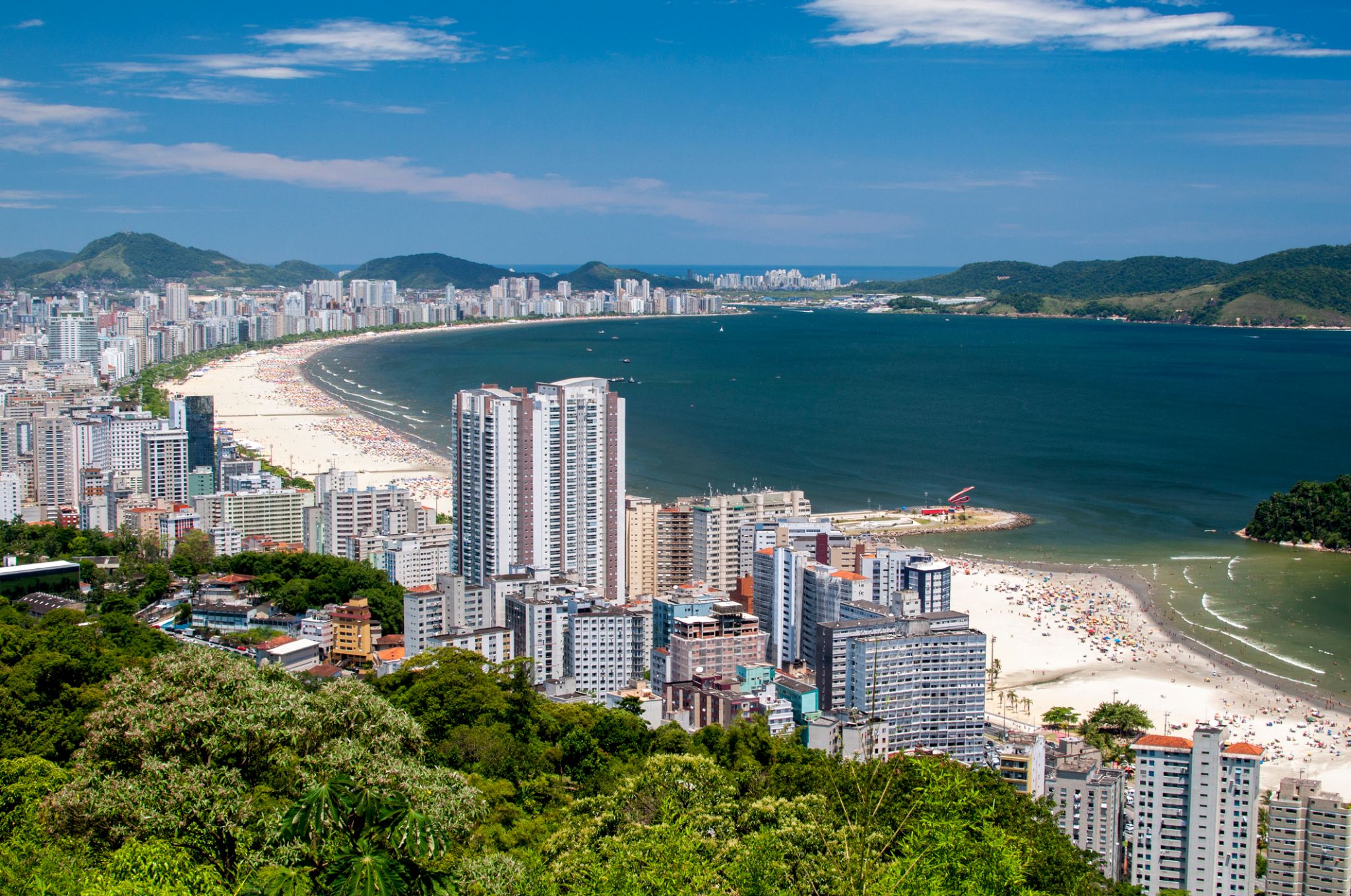
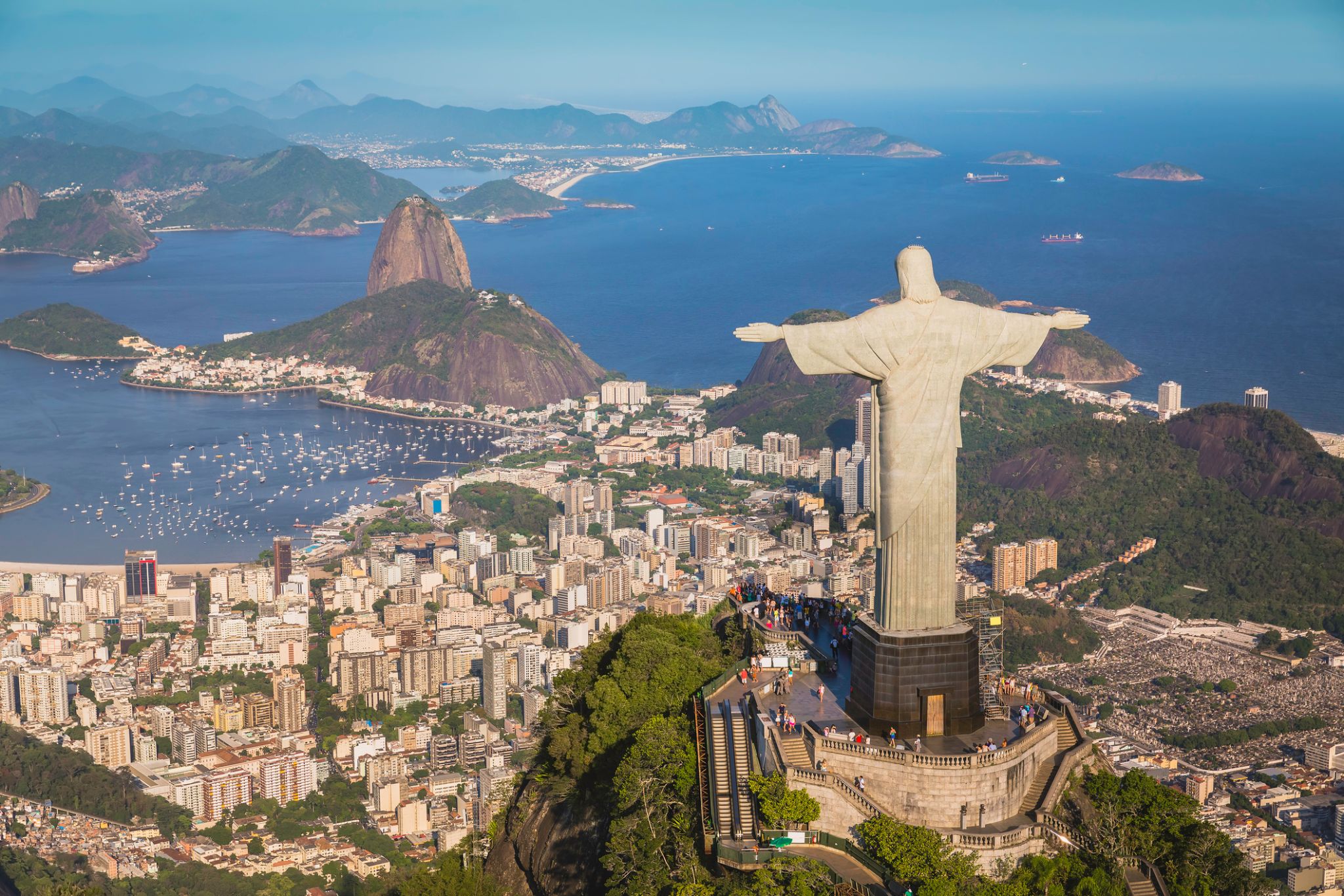
Rio de Janeiro is the second-most populous municipality in Brazil and the sixth-most populous in the Americas. The metropolis is anchor to the Rio de Janeiro metropolitan area, the second-most populous metropolitan area in Brazil and sixth-most populous in the Americas. Rio de Janeiro is the capital of the state of Rio de Janeiro, Brazil's third-most populous state. Part of the city has been designated as a World Heritage Site, named "Rio de Janeiro: CariocaLandscapes between the Mountain and the Sea", by UNESCO on 1 July 2012 as a Cultural Landscape.
Founded in 1565 by the Portuguese, the city was initially the seat of the Captaincy of Rio de Janeiro, a domain of the Portuguese Empire. Later, in 1763, it became the capital of the State of Brazil, a state of the Portuguese Empire. In 1808, when the Portuguese Royal Court transferred itself from Portugal to Brazil, Rio de Janeiro became the chosen seat of the court of Queen Maria I of Portugal, who subsequently, in 1815, under the leadership of her son, the Prince Regent, and future King João VI of Portugal, raised Brazil to the dignity of a kingdom, within the United Kingdom of Portugal, Brazil, and Algarves. Rio stayed the capital of the pluricontinental Lusitanian monarchy until 1822, when the War of Brazilian Independence began. This is one of the few instances in history that the capital of a colonising country officially shifted to a city in one of its colonies. Rio de Janeiro subsequently served as the capital of the independent monarchy, the Empire of Brazil, until 1889, and then the capital of a republican Brazil until 1960 when the capital was transferred to Brasília.
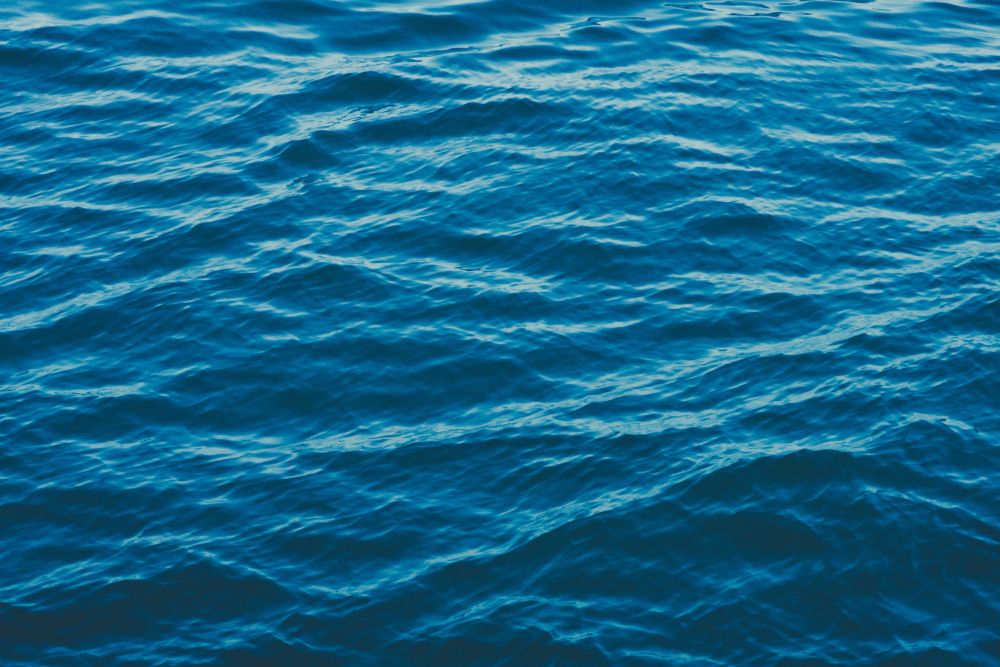

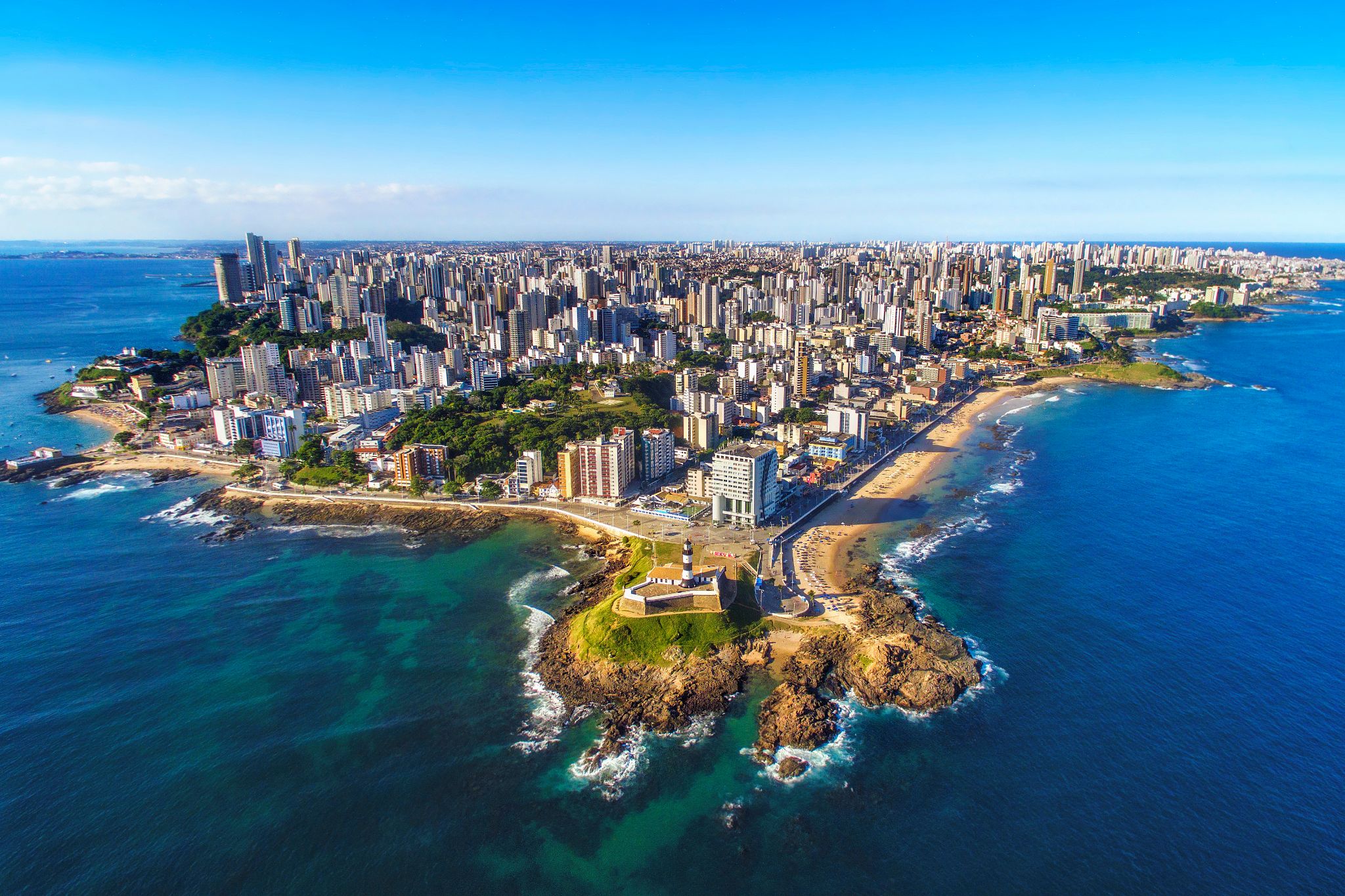
Salvador is the capital of Bahia state and was formerly the first capital of Brazil. Salvador is known for its endless number of churches, as well as for being a land of majestic fortresses. After visiting these places, it is also worth taking a look at the Chapada Diamantina National Park – the most interesting natural park in Brazil. In Salvador, there reigns an atmosphere of joy, revelry, and holidays – this is due to the fact that the local population was influenced by Africa. In Salvador, you can always admire the natural beauty of this area. You will be enchanted by the sensuality of this land, and you will be able to discover a piece of its mysterious power.
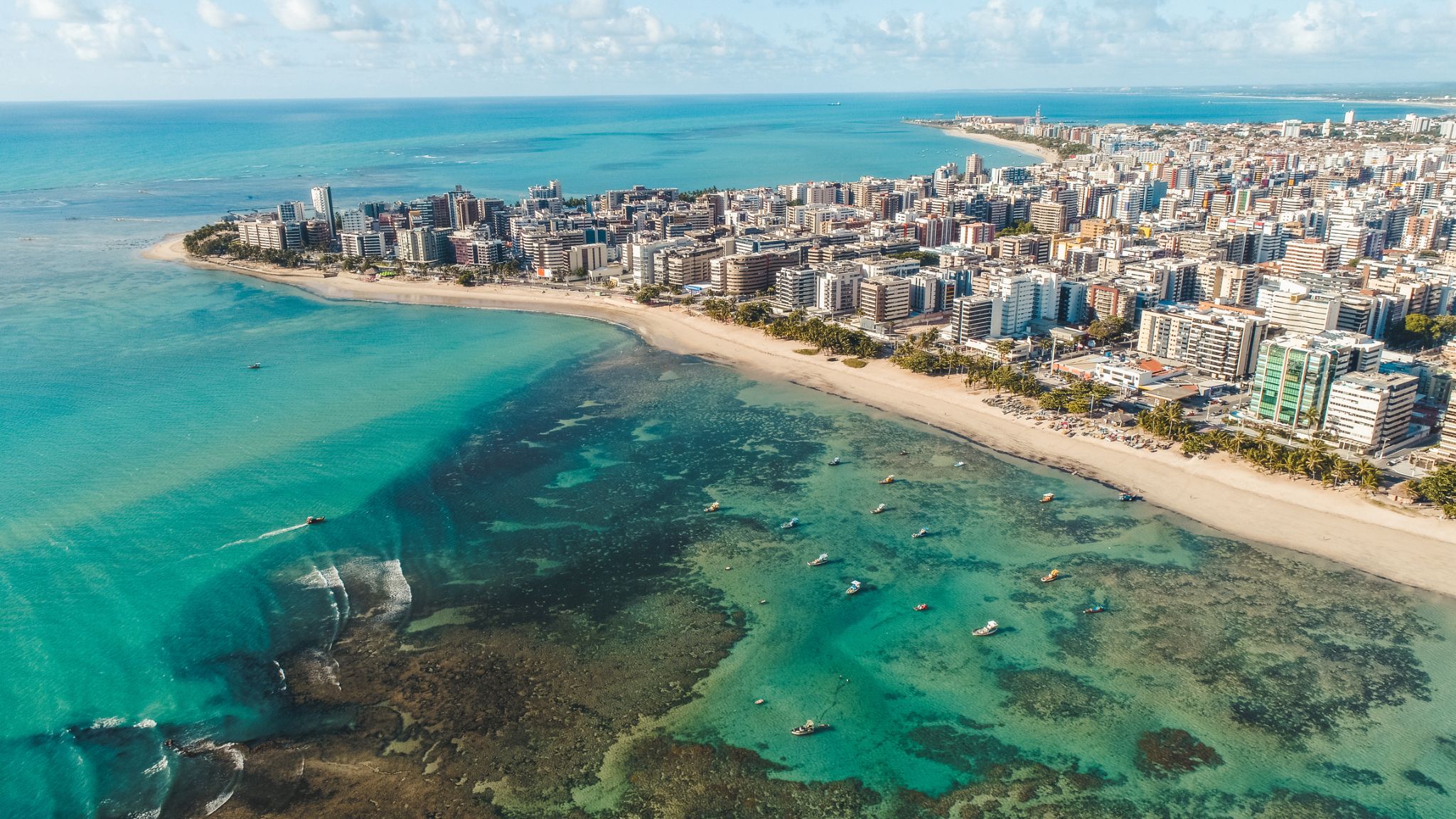




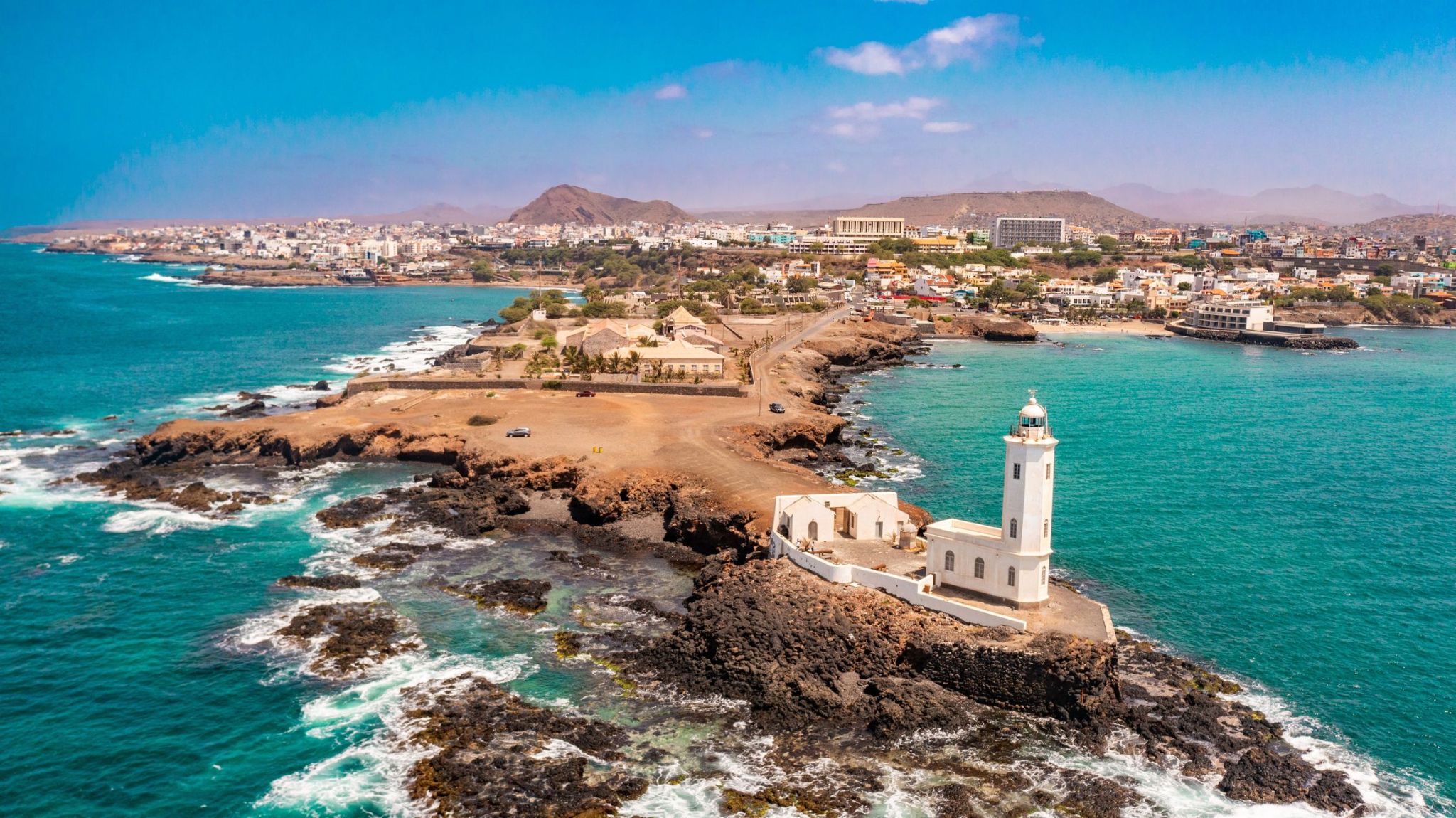


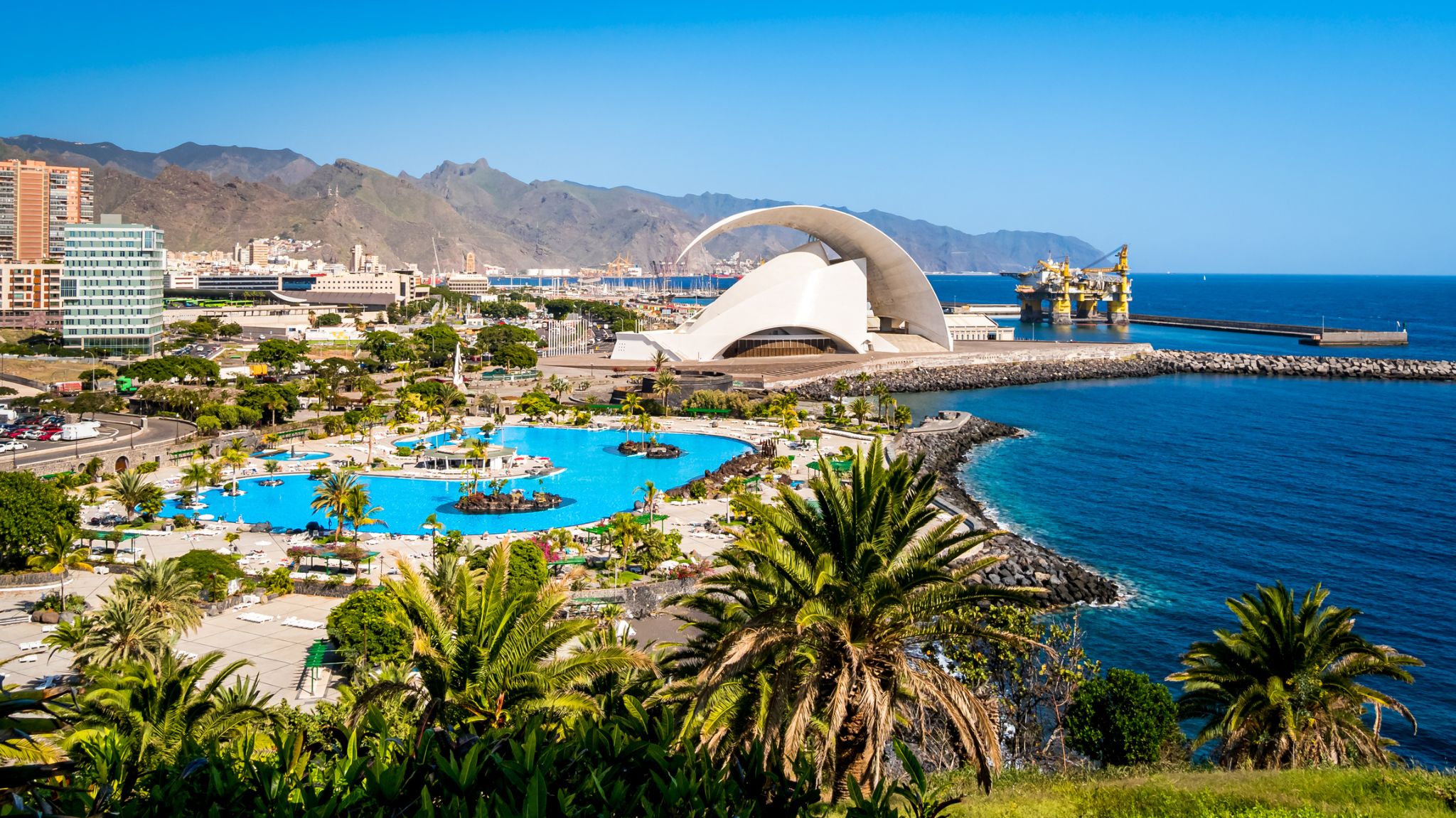

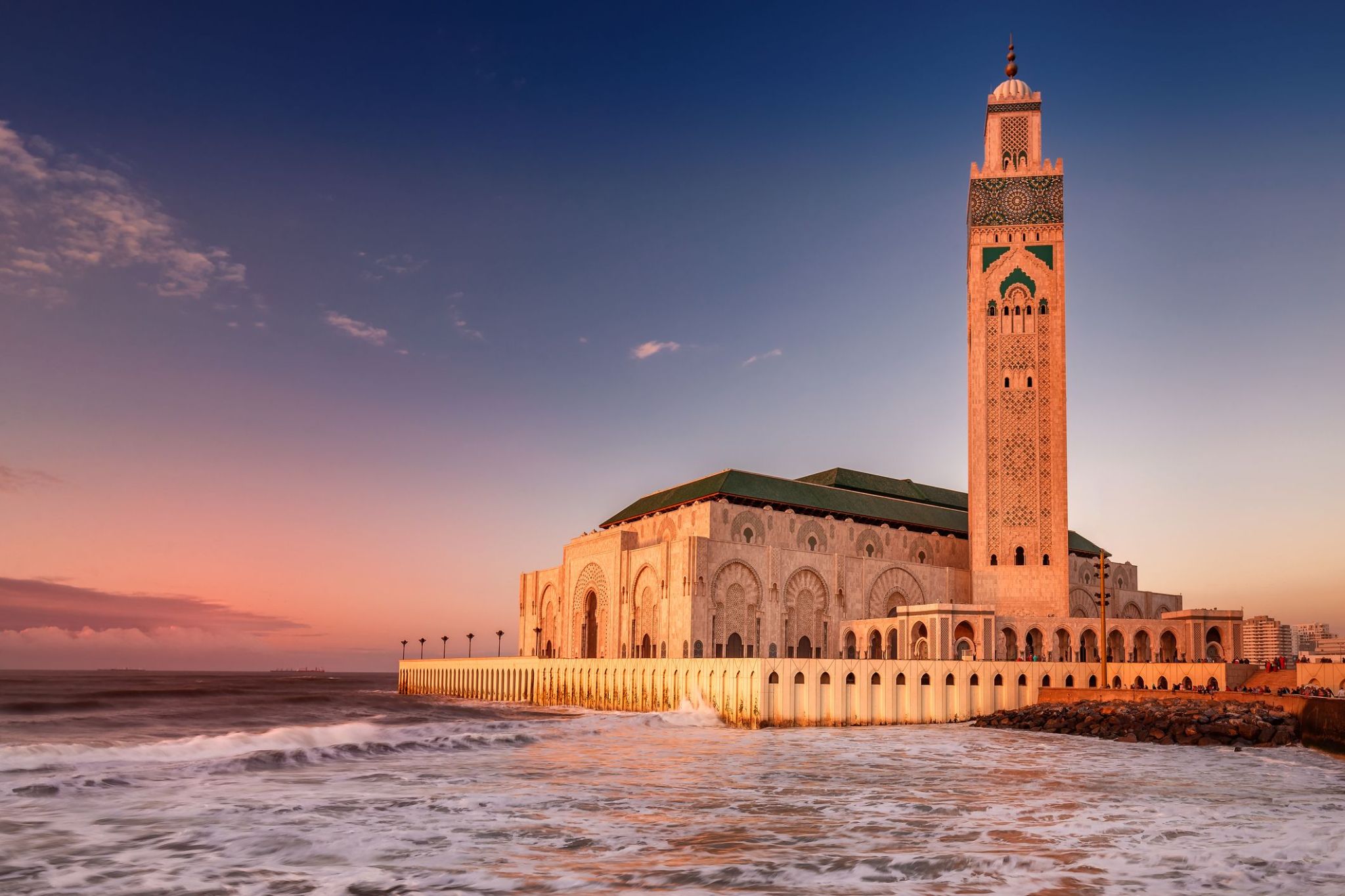
Casablanca located in the central-western part of Morocco and bordering the Atlantic Ocean, is the largest city in Morocco. It is also the largest city in the Maghreb region, as well as one of the largest and most important cities in Africa, both economically and demographically.
Casablanca is Morocco's chief port and one of the largest financial centers on the continent. According to the 2014 population estimate, the city has a population of about 3.35 million in the urban area and over 6.8 million in the Casablanca-Settat region. Casablanca is considered the economic and business center of Morocco, although the national political capital is Rabat.
The leading Moroccan companies and international many corporations doing business in the country have their headquarters and main industrial facilities in Casablanca. Recent industrial statistics show Casablanca retains its historical position as the main industrial zone of the country. The Port of Casablanca is one of the largest artificial ports in the world, and the second largest port of North Africa, after Tanger-Med 40 km (25 mi) east of Tangier. Casablanca also hosts the primary naval base for the Royal Moroccan Navy.
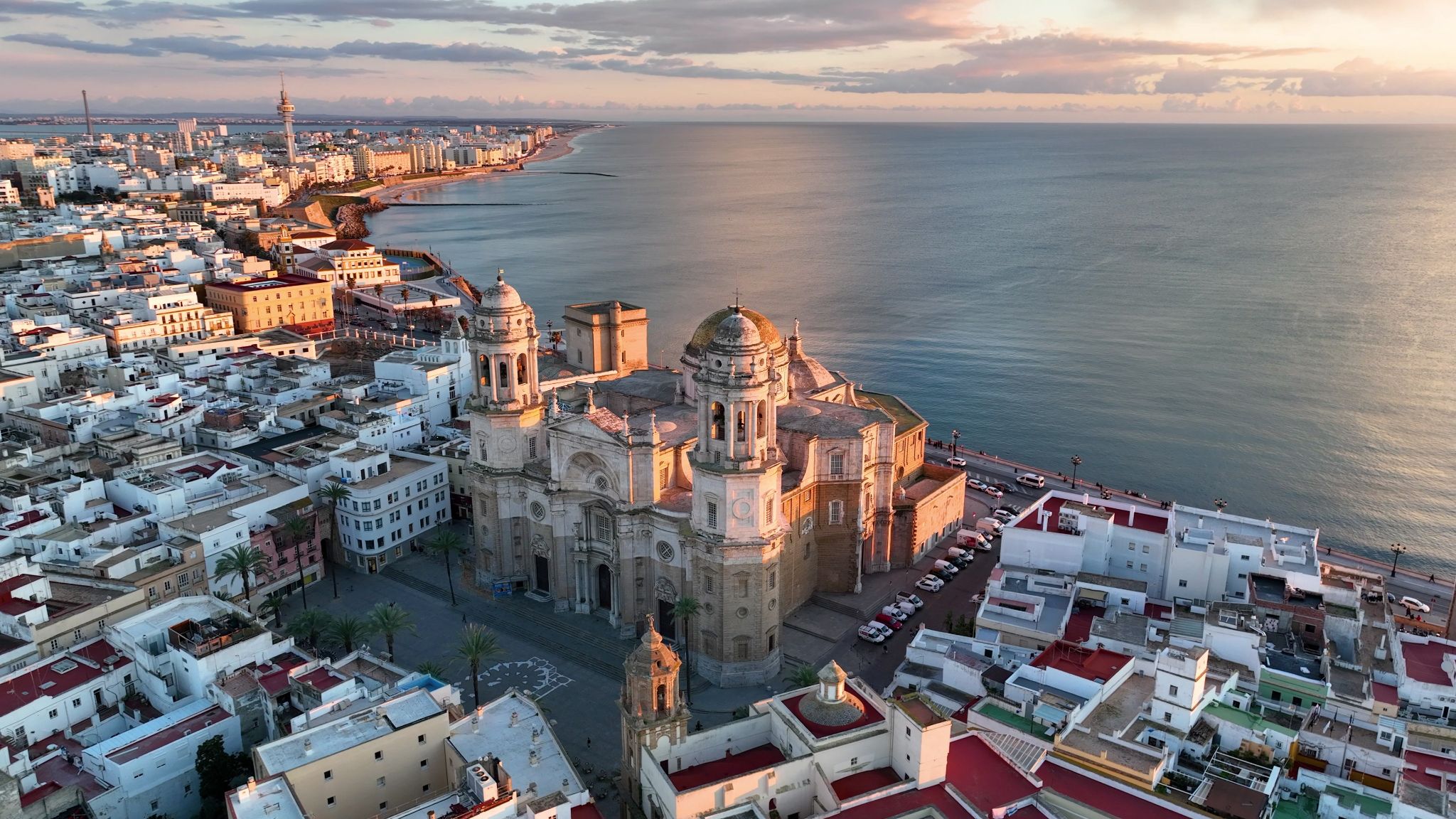
Cádiz jest jednym z najstarszych miast w Europie, położonym na południowo-zachodnim wybrzeżu Hiszpanii w sercu Andaluzji. Miasto znajduje się na półwyspie, otoczone przez Ocean Atlantycki, co nadaje mu wyjątkową atmosferę. Cádiz jest znane z malowniczych plaż, takich jak Playa de la Victoria, a także ze starożytnych uliczek z białymi domami i wspaniałymi fasadami, które przypominają o mauretańskiej i kolonialnej historii. W historycznym centrum miasta znajduje się słynna katedra, której budowa trwała ponad wiek, a z jej wieży roztacza się imponujący widok na ocean.
Miasto jest również znane z tradycji karnawałowych oraz pysznej kuchni, w której dominują owoce morza. Lokalny karnawał uważany jest za jeden z najbarwniejszych w Hiszpanii, przyciągający co roku tysiące turystów.
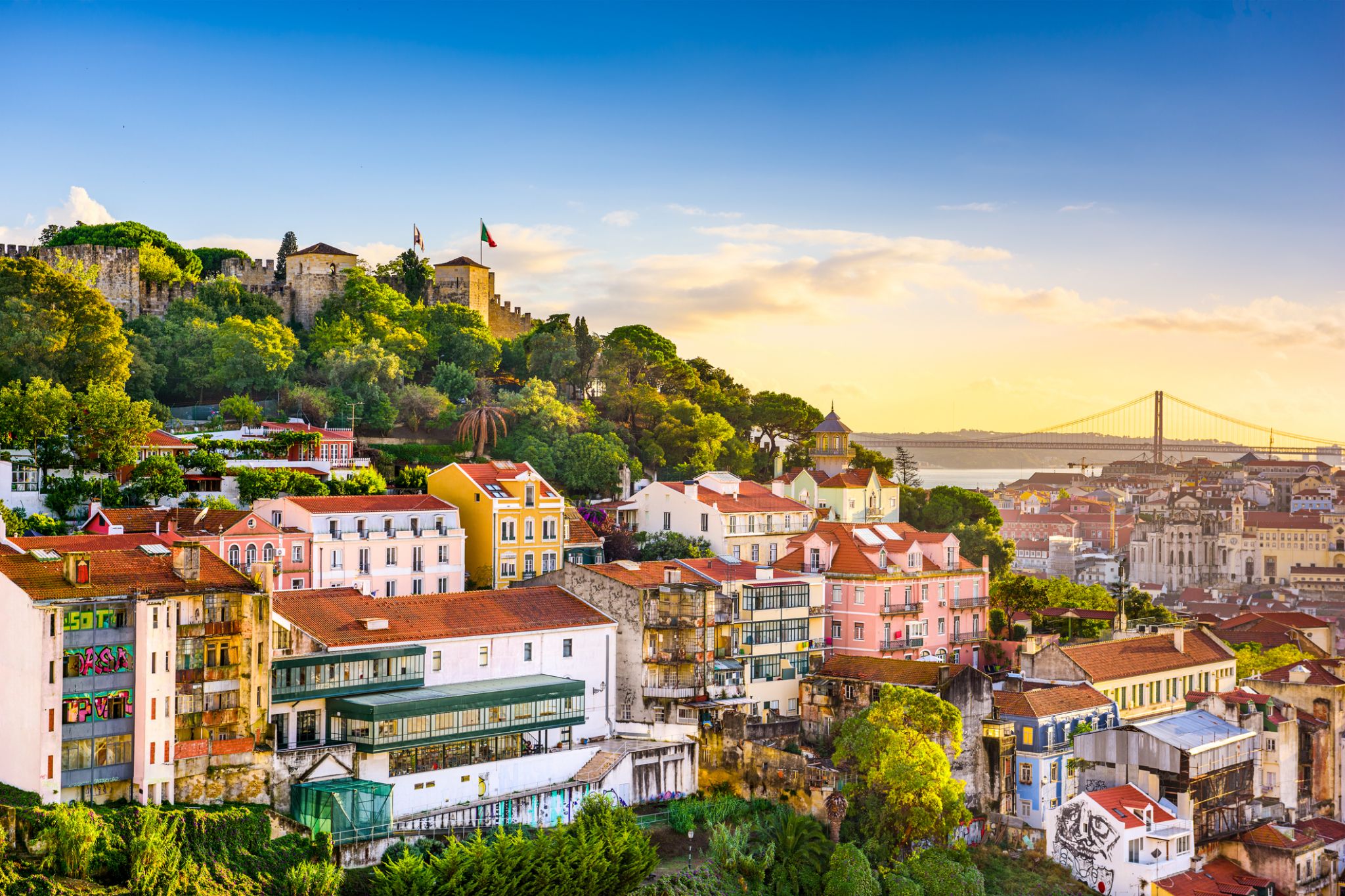
Lizbona jest stolicą i największym miastem Portugalii, z szacowaną populacją 505 526 mieszkańców w granicach administracyjnych na obszarze 100,05 km². Jej obszar miejski rozciąga się poza granice administracyjne miasta i liczy około 2,8 miliona mieszkańców, co czyni go jedenastym najbardziej zaludnionym obszarem miejskim w Unii Europejskiej. Około 3 milionów ludzi mieszka w aglomeracji lizbońskiej (która stanowi około 27% populacji kraju). Jest to najbardziej wysunięta na zachód stolica kontynentalnej Europy i jedyna położona nad Oceanem Atlantyckim. Lizbona leży na zachodnim Półwyspie Iberyjskim nad Oceanem Atlantyckim i rzeką Tag. Najbardziej wysunięte na zachód obszary jej aglomeracji tworzą najbardziej wysunięty na zachód punkt kontynentalnej Europy, znany jako Cabo da Roca, położony w górach Sintra.
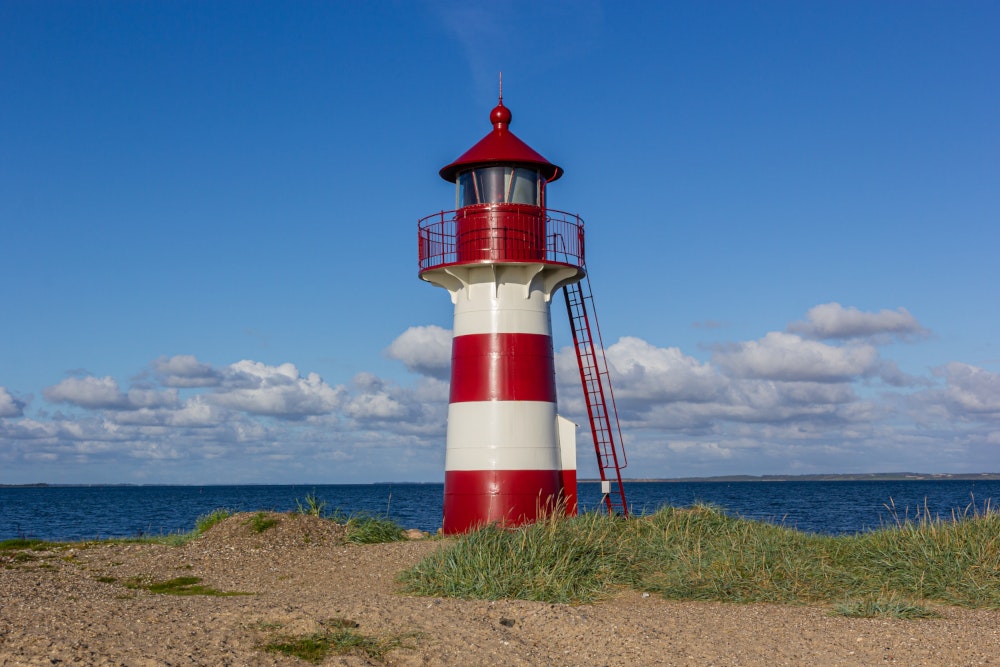
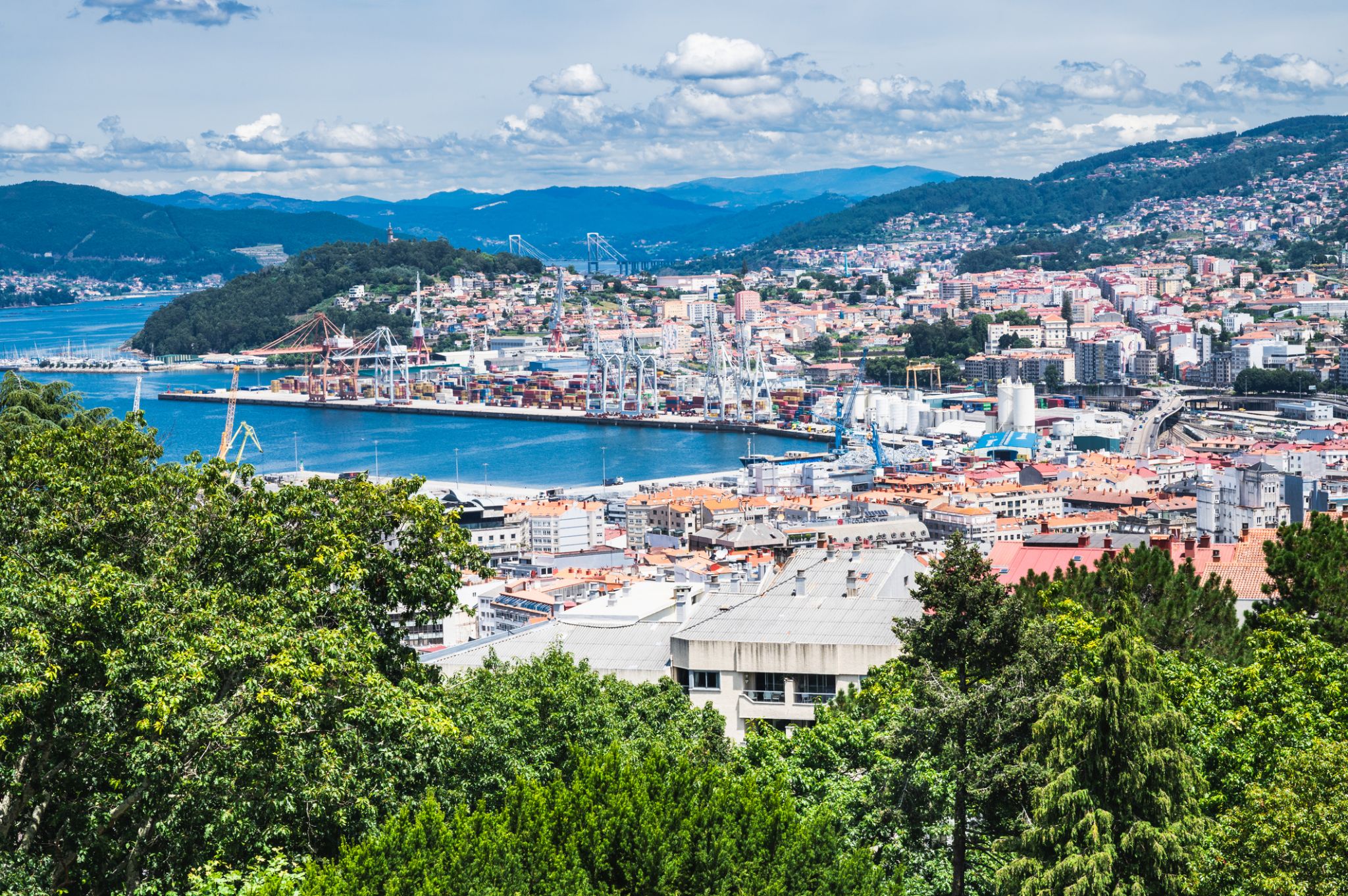
Vigo is a city and municipality adjoining the Atlantic Ocean in the province of Pontevedra in Galicia, northwest Spain. It is the capital of the comarca of Vigo and Vigo metropolitan area.
Vigo is the most populous municipality of Galicia, the 14th in Spain, and the most populous Spanish municipality that is not the capital of a province. It has an area of 109.06 km2 (42.11 sq mi) and had a population of 292,817 in 2016.
The city is located in the southwest of Galicia, in the southern part of Vigo Ria, one of Europe's rainiest areas. In the northeast, it borders the municipality of Redondela; in the east, Mos; in the south, O Porriño and Gondomar; and in the southwest, Nigrán. On the other side of its bay are the municipalities of Cangas and Moaña. They are all part of the southern Galician region called Rías Baixas. Vigo is just north of the border with Portugal; its nearest larger city is Porto, Portugal's second-largest city.
Vigo and its metropolitan area are one of the region's primary economic agents.

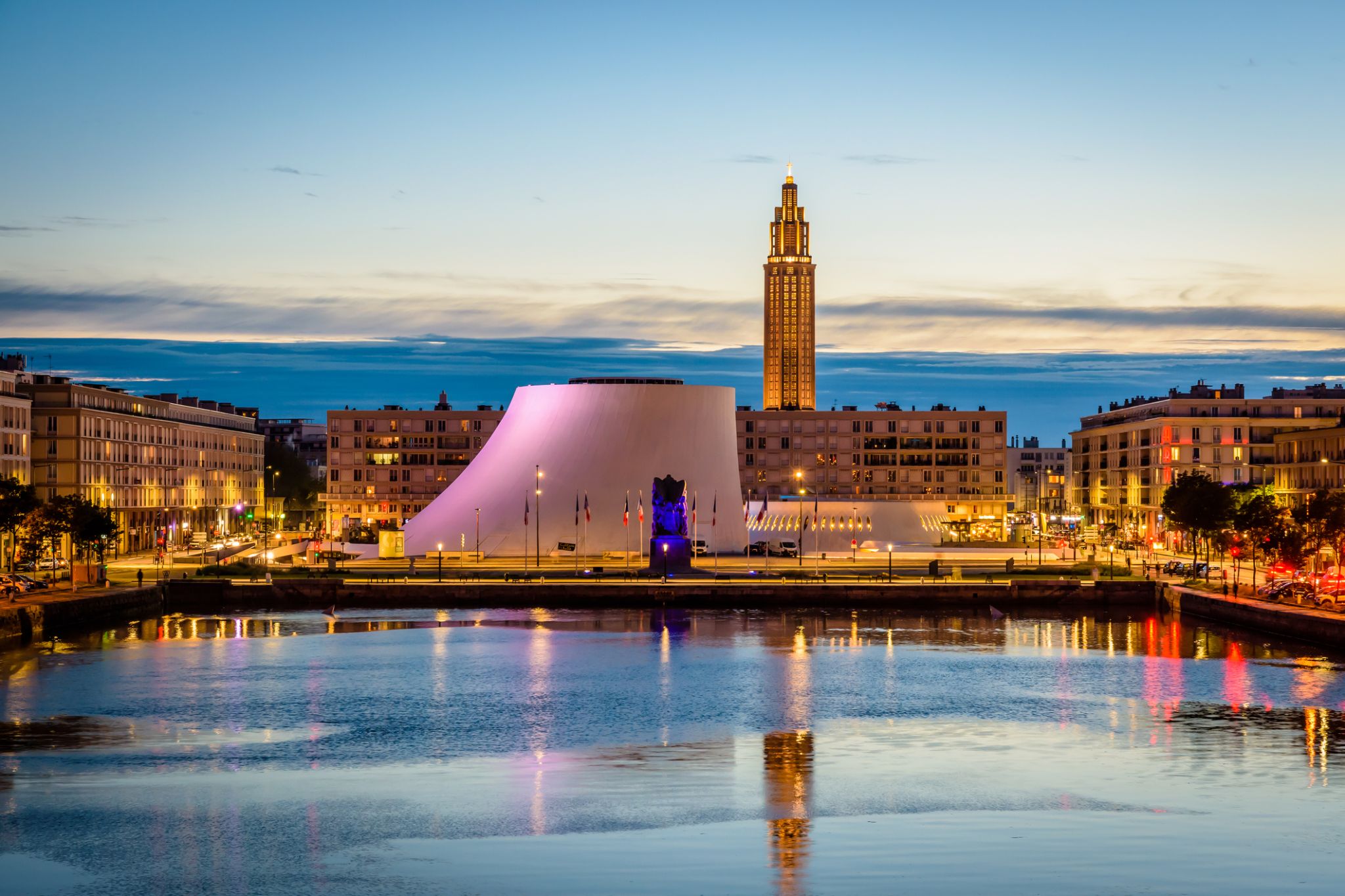
Le Havre to portowe miasto na północnym zachodzie Francji, położone nad brzegiem Kanału La Manche, będące ważnym centrum handlu morskiego i budownictwa okrętowego. Założone w XVI wieku, Le Havre szybko rozwinęło się dzięki swojej strategicznej lokalizacji, stając się jednym z największych portów kraju. Miasto jest znane z modernistycznej architektury, która została starannie zaplanowana po zniszczeniach II wojny światowej. W 2005 roku historyczne centrum miasta zostało wpisane na listę światowego dziedzictwa UNESCO, a słynny zespół architektoniczny zaprojektowany przez Auguste’a Perreta stał się ważną częścią miejskiej tożsamości.
Dziś Le Havre przyciąga turystów swoją unikalną atmosferą, łączącą elementy stare i nowe. Jedną z głównych atrakcji jest Notre-Dame-de-Grâce oraz Centrum Kultury Dunkierka, gdzie odbywają się koncerty, wystawy i przedstawienia teatralne. Lokalne plaże i promenady są idealnymi miejscami do spacerów i wypoczynku, a liczne restauracje serwują świeże owoce morza. Le Havre stało się także ważnym centrum kulturalnym i ekonomicznym, przyjmującym gości nie tylko z Francji, ale także z całego świata.
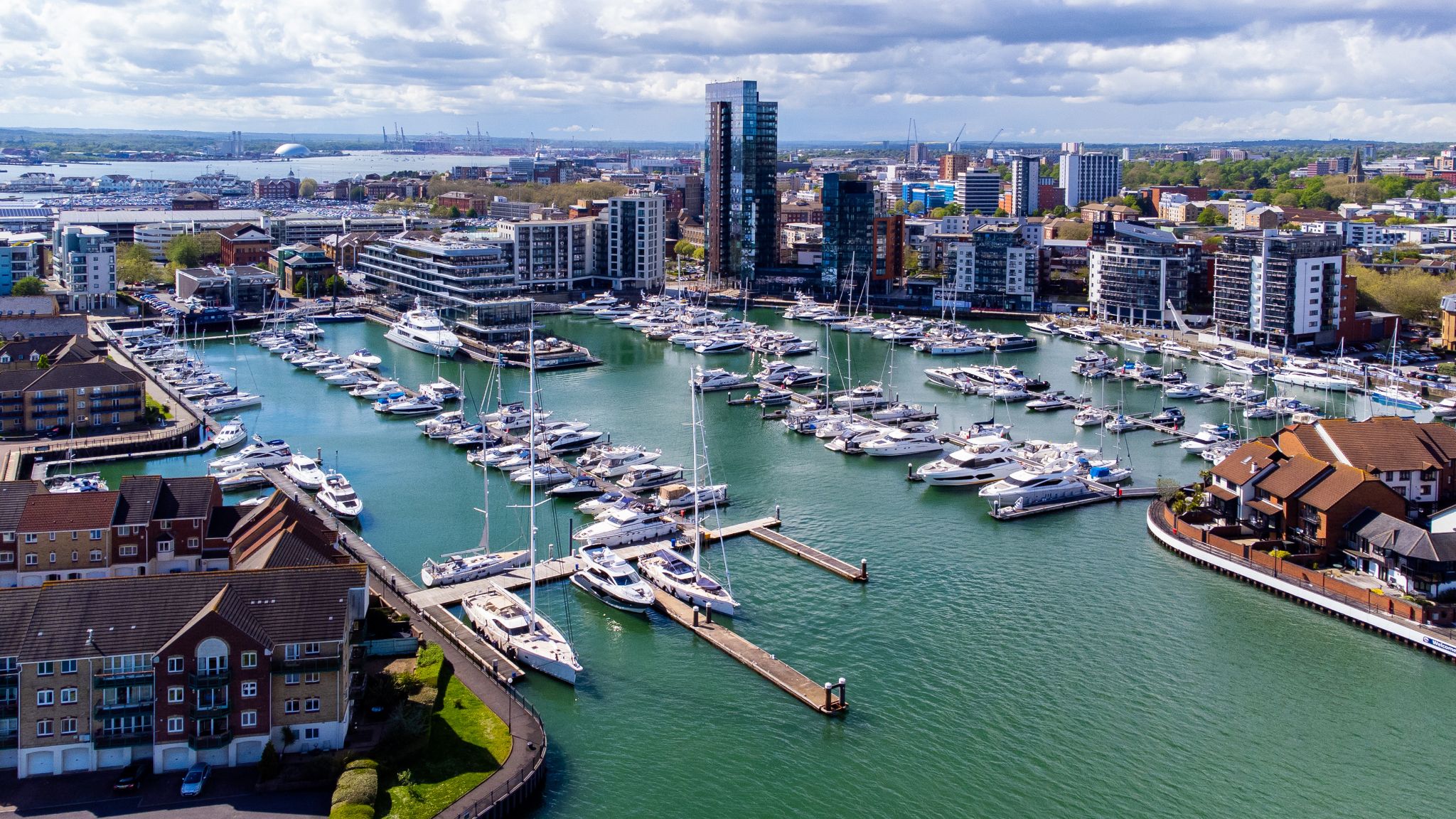
Southampton is the largest city in the ceremonial county of Hampshire, England. It is 69 miles (111 km) south-west of London and 15 miles (24 km) west north-west of Portsmouth. Southampton is a major port and the closest city to the New Forest. It lies at the northernmost point of Southampton Water at the confluence of the Rivers Test and Itchen, with the River Hamble joining to the south of the urban area. The city, which is a unitary authority, has an estimated population of 253,651. The city's name is sometimes abbreviated in writing to "So'ton" or "Soton", and a resident of Southampton is called a Sotonian.
Significant employers in the city include Southampton City Council, the University of Southampton, Solent University, Southampton Airport, Ordnance Survey, BBC South, the NHS, ABP and Carnival UK. Southampton is noted for its association with the RMS Titanic, the Spitfire and more generally in the World War II narrative as one of the departure points for D-Day, and more recently as the home port of a number of the largest cruise ships in the world. Southampton has a large shopping centre and retail park, Westquay. In 2014, the city council approved a neighbouring followup Westquay South which opened in 2016–2017.
In the 2001 census Southampton and Portsmouth were recorded as being parts of separate urban areas; however by the time of the 2011 census they had merged apolitically to become the sixth-largest built-up area in England with a population of 855,569. This built-up area is part of the metropolitan area known as South Hampshire, which is also known as Solent City, particularly in the media when discussing local governance organisational changes. With a population of over 1.5 million this makes the region one of the United Kingdom's most populous metropolitan areas.
